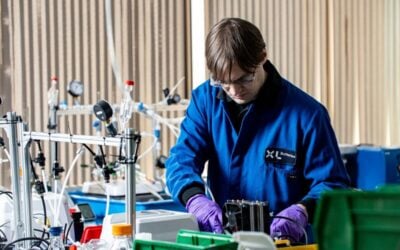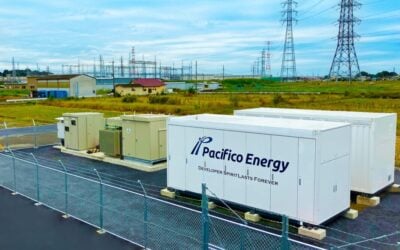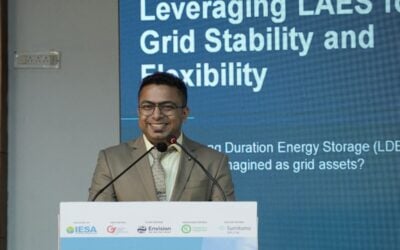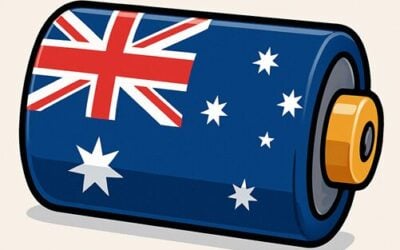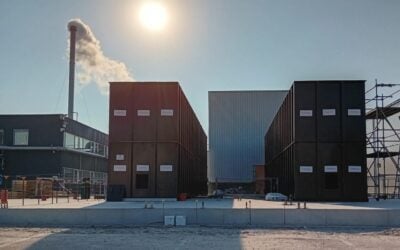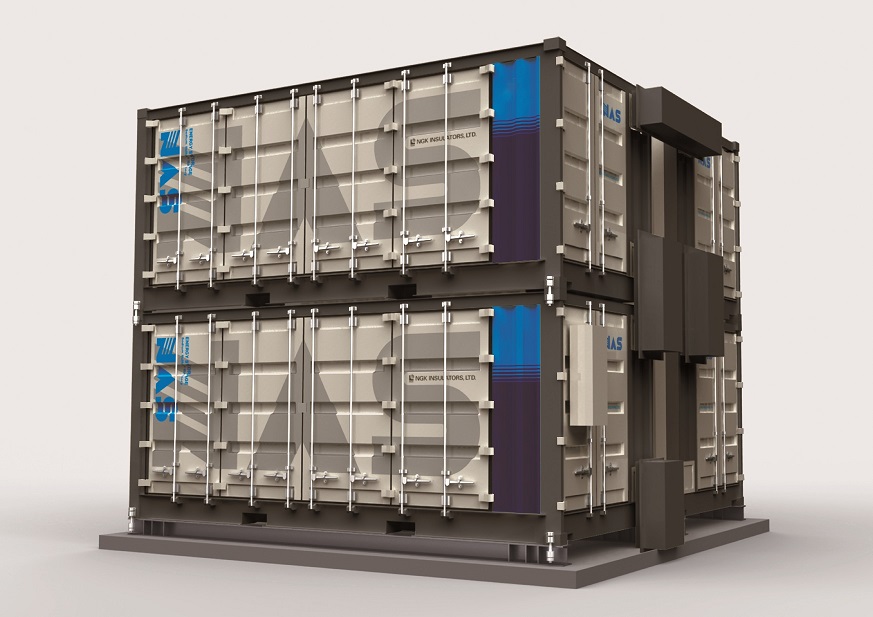
A large-scale sodium-sulfur (NAS) battery energy storage system made by NGK Insulators will be installed at a former LNG terminal in Japan.
Toho Gas, an integrated utility company serving 54 cities in three prefectures in central Japan, has ordered the 11.4MW/69.6MWh NAS system to be deployed at Tsu LNG station in Mie Prefecture.
NGK, headquartered in Nagoya, western Japan, is a company specialising in industrial ceramics for a broad range of applications. It developed its NAS battery technology in the mid-1980s, and it has since been deployed at more than 200 projects worldwide.
As of March 2021, that had equated to 600MW/4,200MWh of systems. The high temperature batteries are suited to long-duration applications, capable of discharge at full output for six hours, or at one-third of full output for up to about 18 hours.
Try Premium for just $1
- Full premium access for the first month at only $1
- Converts to an annual rate after 30 days unless cancelled
- Cancel anytime during the trial period
Premium Benefits
- Expert industry analysis and interviews
- Digital access to PV Tech Power journal
- Exclusive event discounts
Or get the full Premium subscription right away
Or continue reading this article for free
In March last year the technology, of which NGK is the only maker, was picked for use at the first-ever large-scale solar-plus-storage project in Mongolia, while other recent projects include a 950kW/5.8MWh which went online in Belgium in October 2021 at a production facility of multinational chemicals producer BASF.
The positive electrode (anode) contains sulfur, while the sodium is in the cathode (negative electrode), with a proprietary ceramic electrolyte component called Beta Alumina electrolyte. NAS batteries are designed for a 15-year lifetime, equal to about 4,500 cycles over that time, or roughly 300 cycles a year.
At the Tsu LNG station site, the batteries will be connected to the electric grid, storing power generated during off-peak times and times of abundant renewable energy generation, discharging it to help the grid during peaks and times of supply shortage.
Toho Gas said that by installing the NAS battery energy storage system (BESS) on the real estate it owns, it can be used to adjust the company’s own supply and demand – despite the name, Toho Gas is diversified into several different business areas including electricity supply.
Company president Nobuyuki Masuda said in August that Toho Gas also intends to use energy stored in the system for trading in “various electricity markets”.
Installation is thought to be underway on the project, which NGK and Toho Gas first announced locally last month. Completion is scheduled for FY2025.
The project is being supported by Japanese government subsidies via a programme to support the introduction of energy storage batteries for increasing renewable energy adoption, which was included in its national budget revisions for FY2021.
The programme is being administered by the Agency for Natural Resources and Energy, overseen by the Ministry for Economy, Trade and Industry (METI).
In its FY2021 revised budget document, METI explained that in order to achieve Japan’s targeted carbon neutrality by 2050, it is essential to increase the uptake of renewables. With an interim renewable energy target of 36%-38% across the grid by 2030, METI has identified energy storage as a key technology set to enable both medium and long-term goals.
However, there has been a widely held view in Japan that battery storage is too costly and although thousands of residential battery systems are sold every month and commercial and industrial (C&I) entities are leasing or buying systems to lower their electricity bills through peak shaving, grid-scale batteries have not been able to find a mainstream role in the way they have in say the UK, US or Australia.

As such, METI is supporting battery projects with between a third and two-thirds of the upfront cost, with the level of subsidy tied to the different range of applications a system will be doing and the technology used, including electrolysers.
METI has budgeted for a total pool of ¥13 billion (US$91.18 million) to be paid out. The ministry is also targeting increasing upstream production and innovation, including the establishment of 150GWh of annual lithium-ion battery production capacity domestically and ownership of 600GWh worldwide by 2030 and aiming for leadership in the emerging solid-state battery space after that time.

